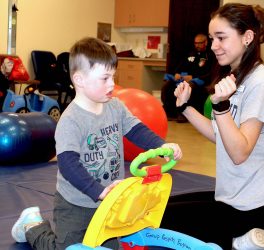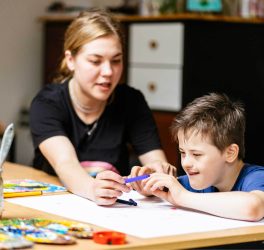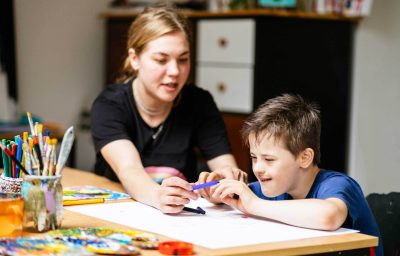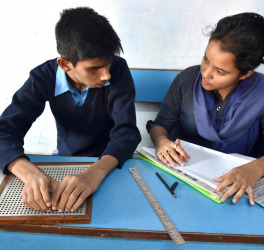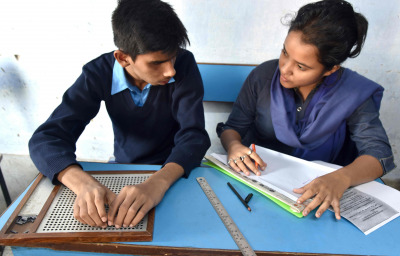
The switch to virtual learning, forced upon the Mexican educational system by the COVID-19 pandemic, has been challenging for students with hearing disabilities.
Special Education teacher and and head of the Centro Integral Educativo de Niños Tapachula, María Elena Sánchez Pineda, affirmed that the pandemic implied a greater challenge for sign language instructors, teachers, parents and students to fulfill language therapy for children with hearing disabilities.
She said that distance education came with many issues such as weak internet signals and the lack of appropriate technology. Frustrations that arose from these problems resulted in many students with hearing disabilities quitting their studies.
“Many children come from communities where they do not have internet access and not entering the virtual sessions has brought about emotional problems, reflection and acceptance, and children with this disability require specialized attention,” Sánchez Pineda said.
A certified sign language instructor emphasized the importance of the child, adolescent or young person participating in distance learning with specialized support.
On the other hand, Sánchez Pineda pointed out that sign language varies from region to region, giving examples such as between Tapachula and Tuxtla or between Tapachula and the border with Guatemala where there is the influence of American Sign Language (ASL).
There are different types of interpretation of sign language among the deaf community – by regions, customs or even geographical locations. Sánchez Pineda pointed out that as a student advances in their studies, the way of learning is specific at each level in the primary, secondary and high school system.
She indicated that the instruction part is difficult due to the way of communicating in virtual classrooms. Teachers must have knowledge of sign language, methodology and construction models.
Sánchez Pineda concluded that special education, in particular for the deaf community, requires family support that are acquainted with the vocabularies to allow for further development of the student.

